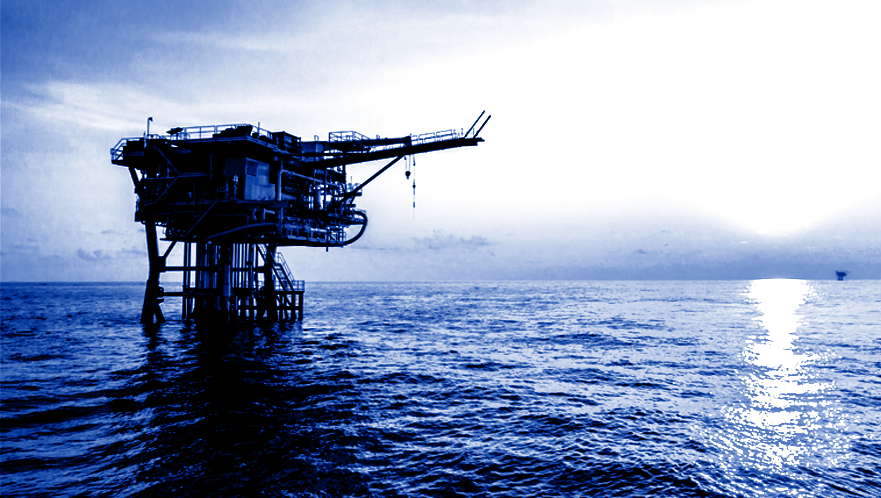
Sometimes the main challenge in landing a project to secure an industrial location is… physically landing at the location.
Offshore oil drilling is one of the most lucrative segments in the energy sector, and is expected to increase its market share as new reserves are discovered and new technologies for deep-water drilling emerge (CAGR of 8.3% during the period 2019-2023, according to market researcher Technavio).
Needless to say, offshore oil drilling rigs are still very much associated with the infamous 2010 BP Deep Horizon leak and the subsequent ecological disaster that have generated great awareness and scrutiny over the entire industry. This scrutiny and the demand for stricter security measures (physical and cyber) were part of the incentive to harden the cyber-security of the rig.
Regularly staffed by a few dozen employees per rig, the offshore drilling cluster of under a dozen rigs described herein is located about 150 km off-shore, and is accessible only by weather-permitted helicopter flight.
Communication with the mainland is limited to low-throughput satellite and RF communications.

The Offshore Oil Drilling industry still operates under the shadow of the 2010 BP Deep Horizon oil spill and the subsequent ecological disaster, and has been subject to scrutiny over security concerns, both physical and cyber.

Istalled at the oil rig, iSID i goes beyond merely detecting breach attempts, with invaluable asset management features and insights for hardening the OT network.
As mentioned, the main challenge of the project was physically accessing the site. This required Radiflow’s local partner to diligently plan and stage the iSID system on terra firma prior to installation, and unsurprisingly, the installation took place smoothly.
From then on, configurations were done remotely, in tight collaboration between the local partner, the Radiflow team, and the client.
Radiflow was introduced to, and eventually won the project through its local partner, based on previous successful Radiflow deployments in the energy sector.
The main incentives to install IDSs were:
Prior to installing the Radiflow system, cyber-defense of the rig relied solely on a firewall for blocking malicious traffic.
The first stage of the project called for installing Radiflow’s iSID Intrusion Detection System at one of the rigs in the cluster, with the intention to do the same in the rest of the rigs (as the project grows with multiple instances of iSID, the client will be able to monitor and manage of the entire array of iSID systems through the Radiflow iCEN Central Management Solution.)
For this project, iSID was tasked with providing full visibility into the OT network, detection of attempted attacks and access violations, management of maintenance activities and monitoring of logic changes on controllers.
In addition, the Radiflow system provides operators with tools and insights for risk assessment and mitigation, for eliminating vulnerabilities and optimizing mitigation measures.
Upon detecting anomalies, iSID would relay alerts to the company’s SCADA system using Radiflow’s OT protocols northbound interface. This enables the personnel at the operating room to be aware on any anomaly in their network or cyber and operation incidents through the SCADA system interface.
At present, iSID is fully operational at the oil rig. It has already detected vulnerabilities and misconfigured PLCs in the rig’s OT network and has issued recommendations for remediation.
The operator’s information security staff has been trained on operating iSID (at the operator’s premises).
Following a few upgrades and adjustments to the system, it is expected that the next phase of installing iSID at additional rigs will be green-lighted soon.

One Weak Password, Full Process Control: Inside Norway’s 2025 Dam Cyberattack

Project Management in OT/ICS Projects with IEC 62443 and MITRE ATT&CK using Radiflow

Rogue Communication Modules in Solar Inverters: Radiflow Threat Analysis